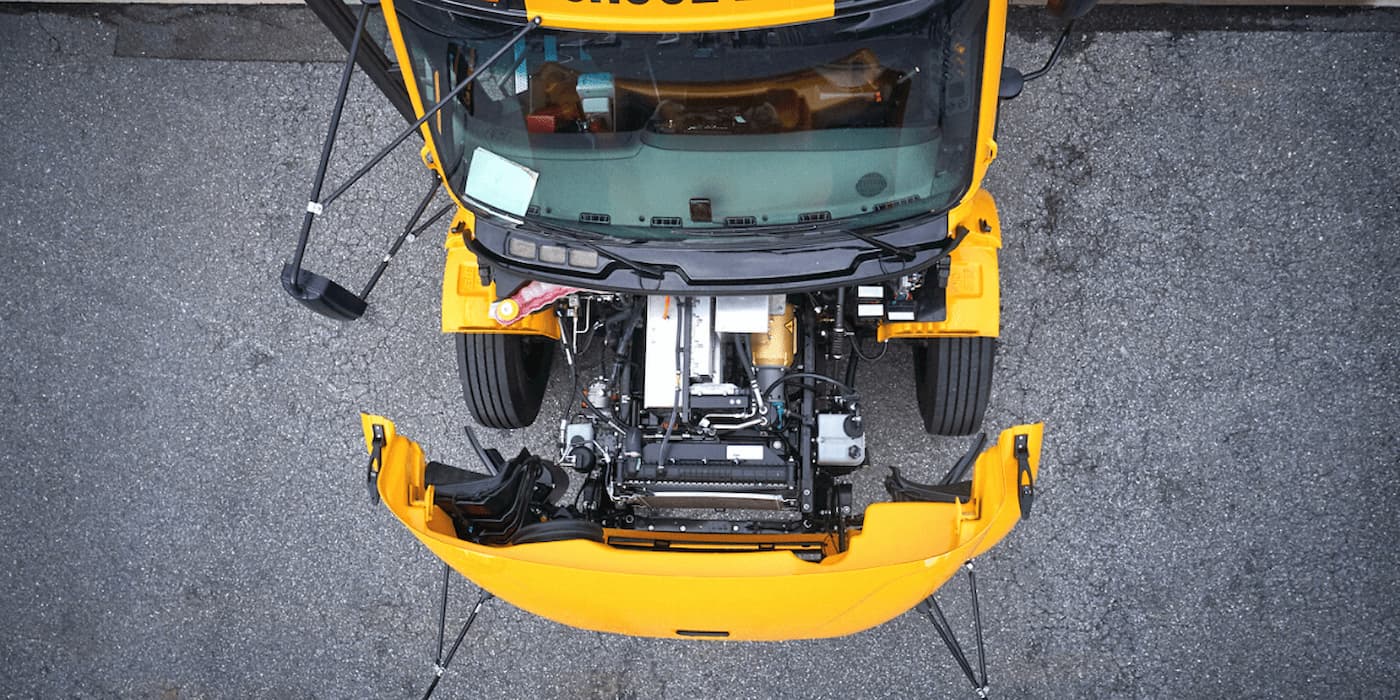
EV batteries alone could support the grid in the short term as the world transitions to renewables, according to new research published yesterday.
The study, titled “Electric vehicle batteries alone could satisfy short-term grid storage demand by as early as 2030,” was published in Nature Communications.
Researchers “quantify the global EV battery capacity available for grid storage using an integrated model incorporating future EV battery deployment, battery degradation, and market participation.” They look at the main EV battery markets of China, the European Union, and the US, and what it calls the “Rest of the World region.”
They write that EV batteries can be used in both vehicle-to-grid (V2G) capacity and after the end of vehicle life, when they are removed and used in stationary storage.
The researchers, which state that their estimates are conservative, assert that low participation rates of just 12-43% are needed to provide short-term grid storage demand globally, and that demand could be met as early as 2030 across most regions. And beyond 2030:
We estimate a total technical capacity of 32-62 TWh by 2050. This is significantly higher than the 3.4–19.2 TWh required by 2050 in IRENA and Storage lab scenarios.
Electrek’s Take
This is an extremely interesting study, and initially it’s kind of exciting. But ultimately I tend to read it as theoretical because I don’t know if people would buy into this. There are many factors that need to be taken into account. What about vehicle depreciation? Do people want to share their EV power with the grid? What would incentivize people to do so?
Also, the EV industry hasn’t truly launched V2G (although to be fair, Proterra has launched it in its school buses, as per above, and V2G in school buses and other commercial fleets could be great).
I live in Vermont, and I am signed up for Green Mountain Power’s Tesla Powerwall program. I am going to let GMP install two Powerwalls in my home, and they can use them to balance the grid. If bad weather is anticipated, then they won’t draw from the Powerwalls so I have backup power. And I’m going to get solar and hook that up to the Powerwalls as well. At $55 a month, it’s a lot cheaper to get backup power than actually buying Powerwalls.
Top comment by spazzium
I made this argument to an EV skeptic not long ago. That overall capacity is not the problem, it's peak demand. And if EVs are all equipped with V2G you end up having an enormous distributed grid scale battery to help even out that dreaded peak of the demand curve. We really need Tesla to get on board with V2G for it to be successful though.
But if GMP wanted to use my EVs to stabilize its grid, it would have to provide really good incentives. I like to be in control of my car, and know how much charge it has in it, and I think other drivers will feel the same, and that plays a role in why V2G hasn’t well and truly taken off.
What do you think about this study? Let us know in the comments below.
Image: Courtesy of Proterra
UnderstandSolar is a free service that links you to top-rated solar installers in your region for personalized solar estimates. Tesla now offers price matching, so it’s important to shop for the best quotes. Click here to learn more and get your quotes. — *ad.
FTC: We use income earning auto affiliate links. More.





Comments